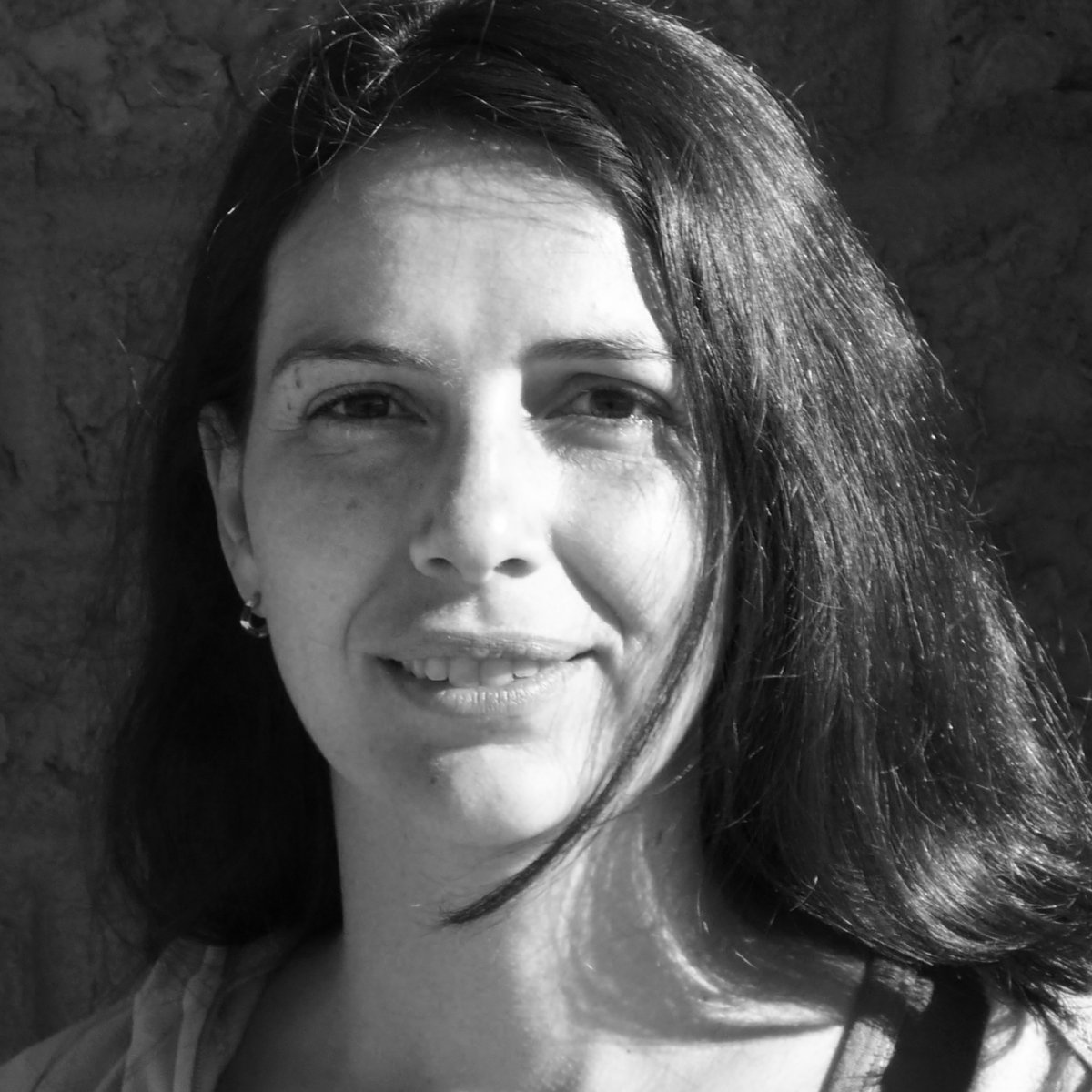
Marica Branchesi
by Jeffrey KlugerIt took Albert Einstein to predict the existence of gravitational waves—ripples in space-time that occur when objects like black holes collide. It took Marica Branchesi to make sure we actually saw the evidence of such a crack-up.
Branchesi, an astrophysicist, works at the Virgo gravitational-wave detector in Italy. Detectors in the U.S. had recorded waves three times since 2015 but only as physical ripples, never optically. Branchesi got the astronomers and physicists working together so that the next time waves were picked up, telescopes all over the world could swing into position.
Last August her work paid off, when a collision between two neutron stars was detected. Thanks to her, 70 telescopes jumped into action, yielding dozens of scientific papers, one with 3,500 co-authors. Her name is listed among the B’s—modest credit for a monumental achievement.
Kluger, a TIME editor at large, is the author of Apollo 8